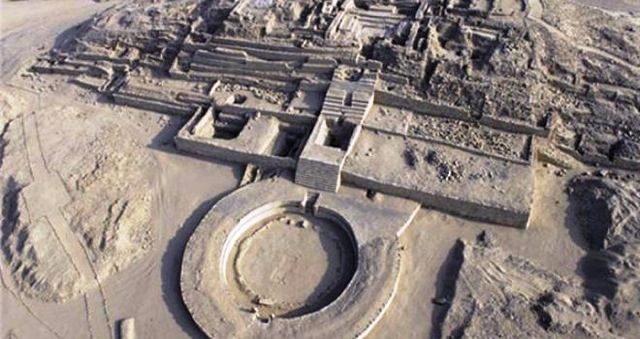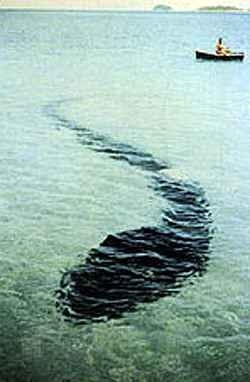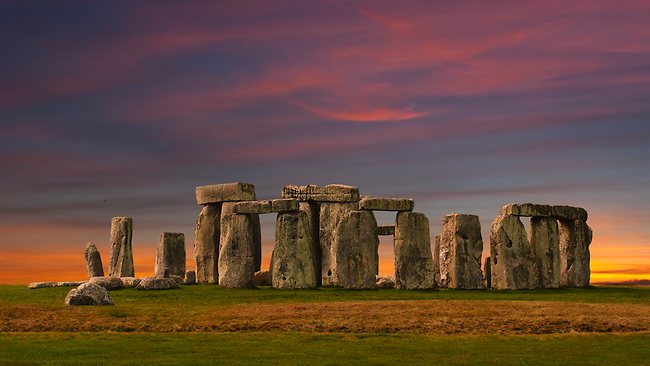
The Martian Spherules
In 2004, the Mars Exploration Rover Opportunity had already detected curious blueberry-shaped microscopic formations in the martian soil…but a much stranger picture was taken by Opportunity at the end of 2012, depicting bigger spherules in larger numbers.
Suggested to be made of hematite – a possible sign of the past presence of water…scientists are still uncertain of what these things might be.

The Babushka Lady
Babushka Lady is a nickname for an unknown woman present during the 1963 assassination of President John F. Kennedy who might have photographed the events.
She was seen to be holding a camera and was also seen in film accounts of the assassination. Even though the shooting had already taken place and most of her surrounding witnesses took cover, she can be seen still standing with the camera. She never came forward. The police and the FBI did not find her, and the film shot from her position never turned up.

The Hessdalen Lights
The Hessdalen Light is an unexplained light usually seen in the Hessdalen valley in Norway.
In 2007, a group of teachers, students and scientists established a science camp in Norway to study the phenomenon.
On a clear night, Bjorn G. Hauge managed to take this pic using an exposure time of 30 seconds.
The analysis of the spectrum reveals the object to be made of silicium, iron, titanium and scandium.
 Pyramid on the Moon
Pyramid on the Moon
This photo was taken by Apollo 17 near the Geophone Rock, during the last flight to the moon, and it was listed as a “blank” in the Apollo 17 photographic index.
The photo certainly suffers from extreme light exposure and noise issues. But it’s in fact not completely blank, as adjusting the contrast reveals pyramid-like structures.
The Solway Firth Spaceman
May, 1964
On 23 May 1964, Jim Templeton, a firefighter from Carlisle, Cumberland (now part of Cumbria), took three photographs of his five-year-old daughter while on a day trip to Burgh Marsh.
Templeton said the only other people on the marshes that day were a couple of old ladies sitting in a car at the far end of the marsh. In a letter to the Daily Mail in 2002, Templeton stated, “I took three pictures of my daughter Elizabeth in a similar pose – and was shocked when the middle picture came back from Kodak displaying what looks like a spaceman in the background.”
Templeton insists that he did not see the figure until after his photographs were developed, and analysts at Kodak confirmed that the photograph was genuine.
 The Hook Island Sea Monster
The Hook Island Sea Monster
People nowadays assume that this image is a photoshop job unique to the digital age, whereas in fact it’s a classic, much-reproduced image, widely discussed in the cryptozoological literature, and first appearing in print in March 1965 (together with others). It’s Robert Le Serrec’s photo of a huge, tadpole-like creature encountered in Stonehaven Bay, Hook Island, Queensland.
Originally posted 2014-03-01 21:50:09. Republished by Blog Post Promoter














